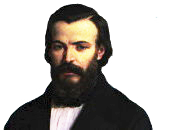





A Vincentian Look at Sainthood - 1(posted: October 5, 2025) SSVP presentation Newmarket Part1“A Vincentian Look at Sainthood”IntroductionAll Christians are called to be saints. Saints are persons in heaven (officially canonized or not), who lived heroically virtuous lives, offered their life for others, or were martyred for the faith, and who are worthy of imitation. That’s the key. “Worthy of imitation”. In official Church procedures there are four steps to sainthood; a candidate must be Declared “Servant of God”, "Venerable," then "Blessed" and then "Saint". The Process 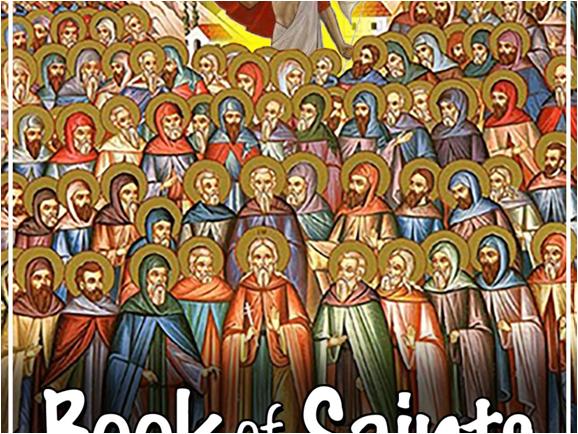 the Book of Saints
the Book of SaintsIn the Catholic Church, a Servant of God is an individual who is recognized in the early stages of the canonization process. This designation is given when the Church opens a cause for the individual's canonization, typically due to a longstanding reputation for holiness and virtue among the faithful. The Venerable title is given to a candidate for sainthood whose cause has not yet reached the blessed stage but whose heroic virtue has been declared by the pope. Blessed -- the second stage in the process of proclaiming a person a saint; occurs after a diocese or eparchy and the Congregation for the Causes of Saints has conducted a rigorous investigation into the person's life and writings to determine whether he or she demonstrates a heroic level of virtue, offered their life or suffered martyrdom. A miracle attributed to the person's intercession must be proved. A blessed is accorded limited liturgical veneration. To be beatified and recognized as a Blessed, one miracle acquired through the candidate's intercession is required in addition to recognition of heroic virtue or offering of life. Canonization in the Catholic Faith is the process by which a deceased person is declared a saint recognized for their holiness and intercessory role in heaven. Canonization requires two verifiedmiracles performed by the candidate, either during his or her lifetime or after death. The process is lengthy, often taking decades or even centuries, and is conducted by the Holy See. In the first five centuries of the Church, the process for recognizing a saint was based on public acclaim or the voice of the people, voice of God). There was no formal canonical process as understood by today's standards.  St Carlo Acutis
St Carlo Acutis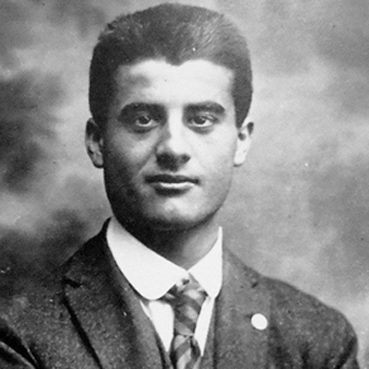 St Pier Giorgio Frassati
St Pier Giorgio Frassati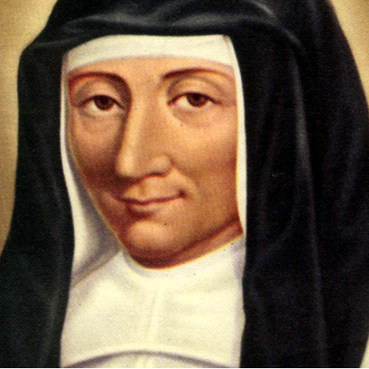 St Louise de Marillac
St Louise de Marillac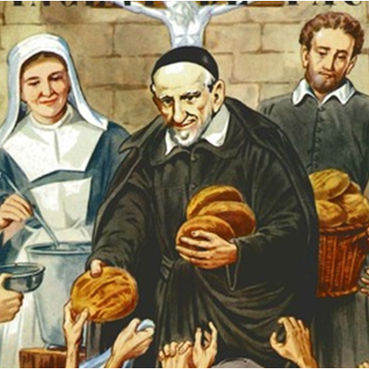 St Vincent de Paul
St Vincent de Paul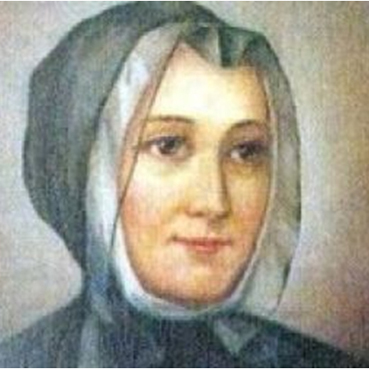 St Margaritte du Ville
St Margaritte du Ville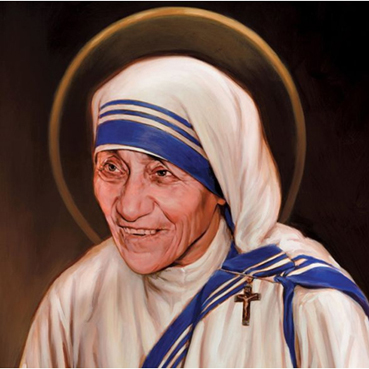 St Mother Teresa of Calcutta
St Mother Teresa of CalcuttaThe modern process to sainthood is stated in Canon Law in 1917. The 1917 code contained 145 canons or articles (cc. 1999- 2144) on causes of canonization, and mandated that a specific process be conducted. The process consisted of the local bishop verifying the reputation of the person, ensuring that a biography existed, collecting eye witness testimony and the person's written works. All of this was then forwarded to the Congregation for Sacred Rites. The apostolic process consisted of reviewing the evidence submitted, collecting more evidence, studying the cause, investigating any alleged miracles and ultimately forwarding the cause to the Pope for his approval. This was revised again in 1983. and 2007. No precise count exists of those who have been proclaimed saints since the first centuries. Called to be Saints As Christians, we’re all called to be saints. Saints hold a special place in the Catholic Church. They’re not just revered figures but also serve as role models for all Christians. A “saint” refers to a holy soul reunited with God in Heaven. The word “saint” comes from the Latin word sanctus, which translates to “holy.” Saints, whether officially canonized in the Catholic Church or not, are souls in heaven who lived virtuous lives on earth, serving as models of holiness. This includes those who were martyred because of their faith or those who selflessly offered their lives for others. Role and Importance of Catholic Saints Saints hold a significant place in Catholicism for several reasons: Intercessors Catholics believe saints can intercede for them, praying to God on their behalf. This belief roots in the idea of the Communion of Saints, a spiritual solidarity between the faithful on earth, the souls in purgatory, and the saints in heaven. Models of Holiness Catholic Saints serve as inspirational figures, demonstrating how to live out the teachings of Christ. Their lives provide practical examples of how to handle various challenges and situations with faith and virtue. Patron Saints A patron saint is a saint who is a special intercessor with God for a particular nation, place, craft, activity, or group of people. History, certain traditions, or significant moments in a saint’s life can often determine a saint’s “patronage” or specific area of intercession. So remember. All Christians are called to be saints. Now let’s look at the lives of two new saints. End of part 1 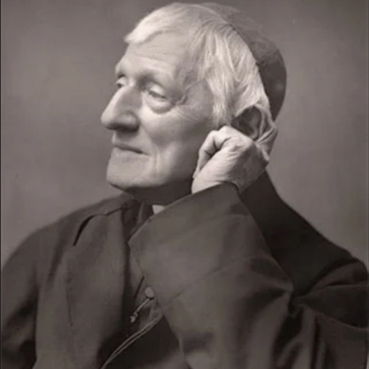 St John Henry Newman
St John Henry Newman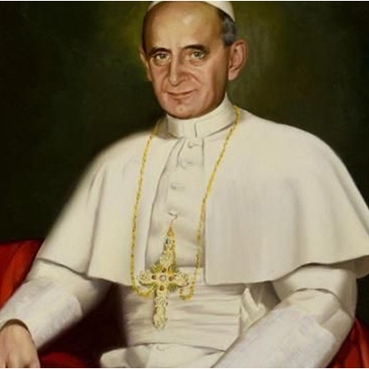 St Pope Paul VI
St Pope Paul VI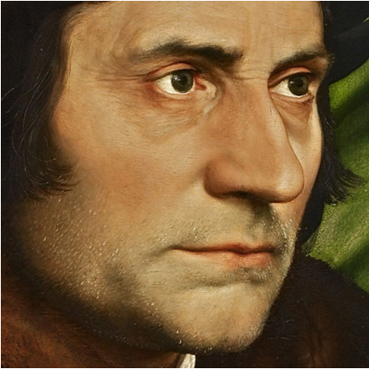 St Thomas More
St Thomas More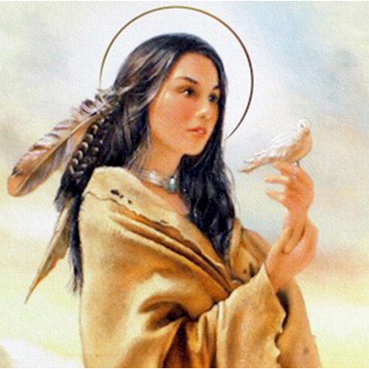 St Kateri Tekakwitha
St Kateri Tekakwitha St Michael the Archangel
St Michael the Archangel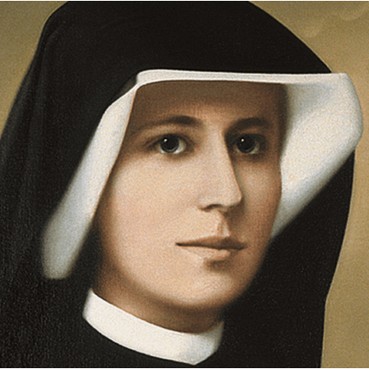 St Faustina Kowalska
St Faustina Kowalska
WorkshopsA Vincentian Look at Sainthood - 1
|










